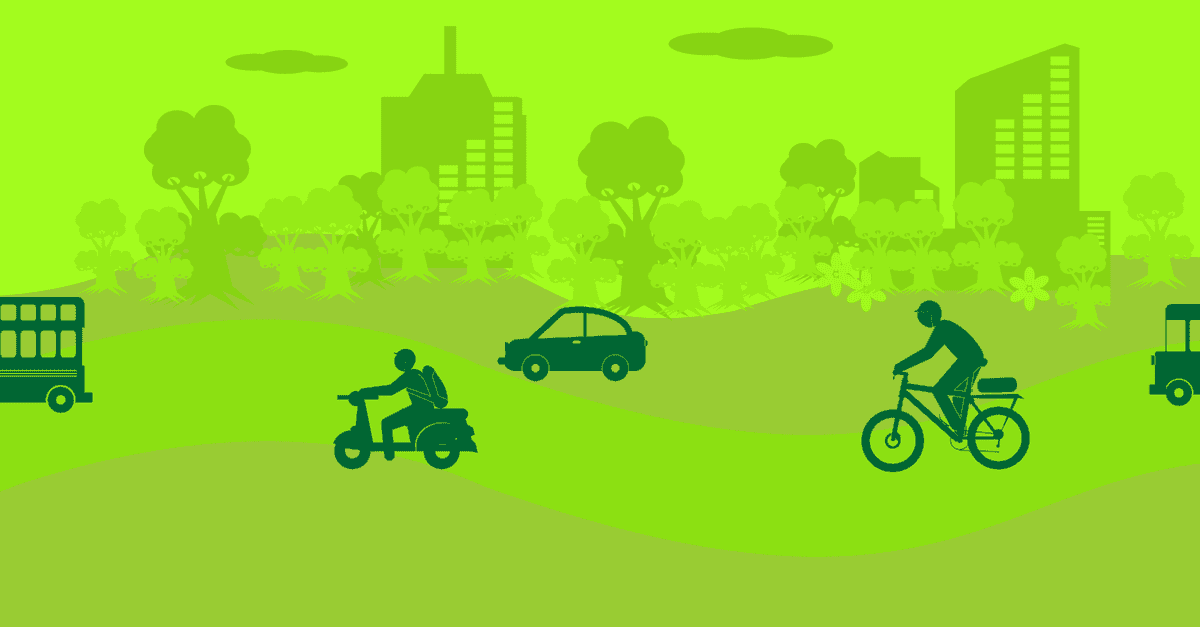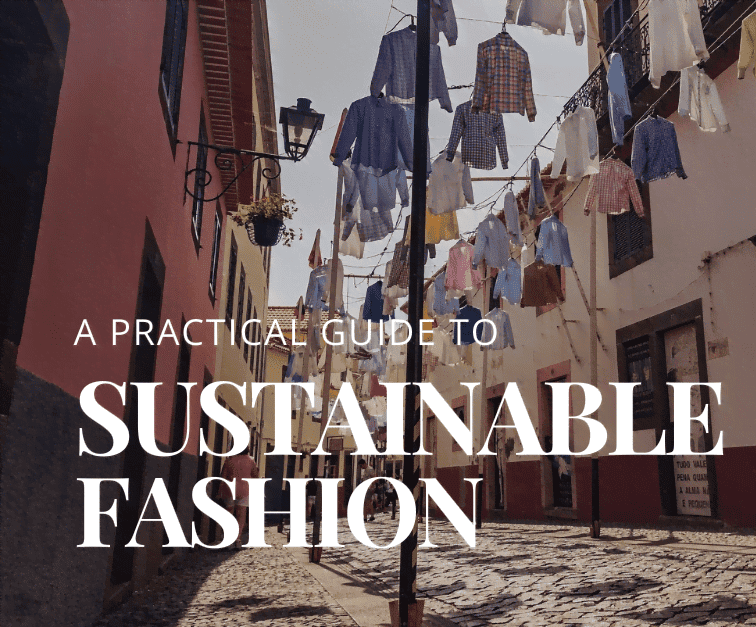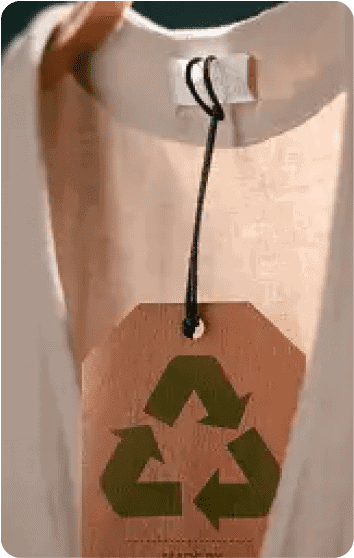Last Updated on November 7, 2023 by Sneha Sridhar
Have you ever found yourself trapped in the midst of your city’s relentless morning traffic with a sea of vehicles ahead of you honking impatiently? The pungent smell of burning petrol fills your car’s interiors, and you can’t help but feel your lungs straining to breathe. In that very moment, the longing to remove those vehicles and usher in sustainable transportation becomes almost palpable, replaced by a desire for the crispness of clean air.
Much like us, Mother Earth is overburdened and compelled to shield herself from the onslaught of fume emissions. If that’s not distressing enough, think about how quickly her resources are being depleted to feed society’s insatiable hunger for fuels.
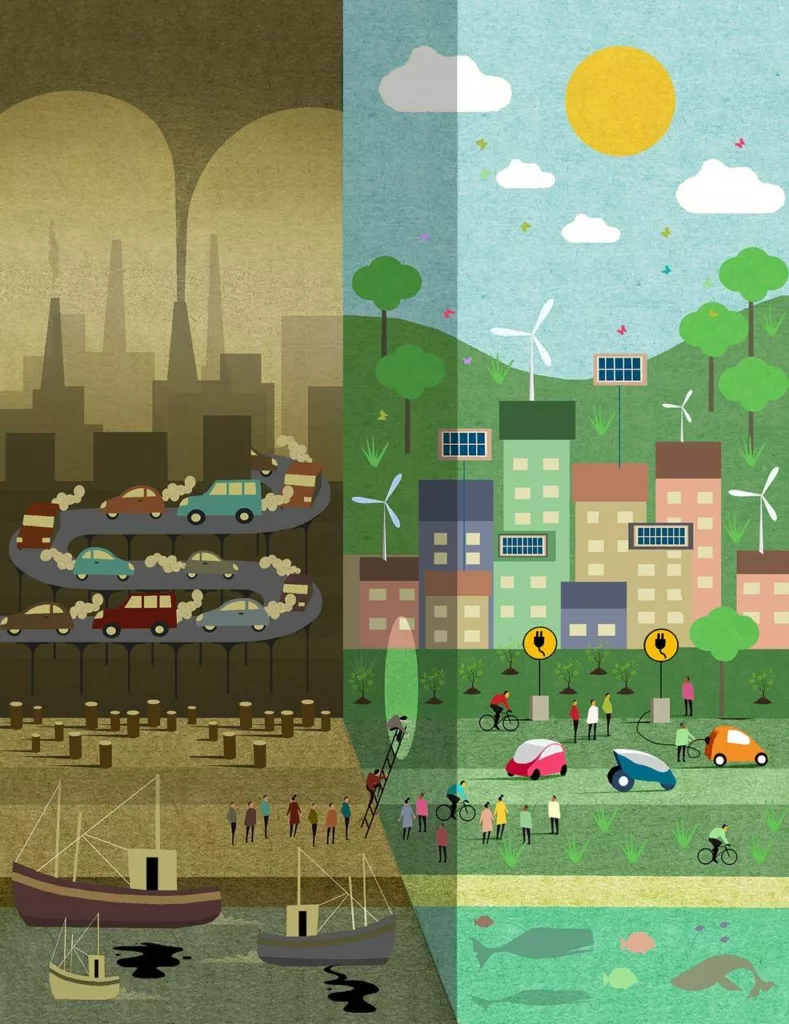
We are travelling in a direction that is far from promising, steering us away from a brighter future. Unfortunately, the pace of our progress shows no sign of slowing down, leaving us with a plethora of troubling questions. Are we to accept giving up the comfort of cars and returning to a simpler way of life similar to the Stone Age?
In the face of such queries, there is a glimmer of hope amidst the challenge. What if, instead of surrendering to a grim fate, we were able to choose a path of redemption? What if we could find environmentally friendly alternatives that negate the pollution-laden choices we presently make, all while ensuring we arrive at our destinations?
Never fear, we are here to help you through this intricate labyrinth of change. With unwavering dedication, we present to you a comprehensive guide, one that paves the way for implementing efficient, responsible and sustainable transportation. With this knowledge in hand, you can transcend the pollution-plagued norm and embrace a lifestyle that’s both health-conscious and environmentally aware.
How Did One of Human’s Greatest Inventions Lead to One of Their Biggest Downfalls?
Over the years, as humanity’s journey progressed, a never-ending need for transportation and fossil fuels increased, leading to an alarming decline that continues to have an impact on our environment today.
Unchecked automobile growth has resulted in a number of environmental disasters. While fuel prices have risen, earth’s previously plentiful resources are now being used up at an alarming rate, resulting in a poisonous concoction that is engulfing our metropolitan environments. In sharp contrast to the distant past when a breath of fresh air was taken for granted, the air, which was once pristine, today bears the weight of hazardous gases.
A staggering quarter of the global carbon emissions can be attributed to the transportation of people and goods, painting a vivid picture of the pressing concerns at hand.
Air Pollution
Exhaust fumes, a potent environmental foe, are released as a result of the expansion of vehicles on roads, frequently without serious regulations. Although carbon-intensive activities are frequently linked with aviation, it is undisputed that ships and other vehicles also contribute to the growing issue.
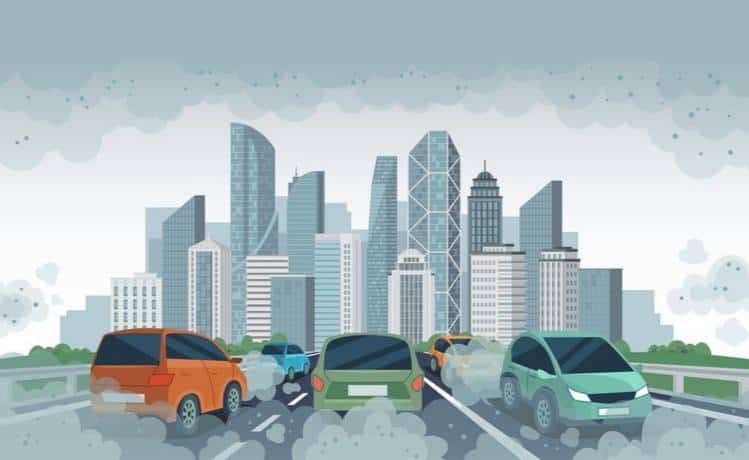
These gases have risks that go well beyond simple discomfort. They have been connected to a variety of illnesses, including neurological and cardiovascular issues as well as cancer and respiratory conditions. Allergies, eye inflammation, and skin irritation are just a few of the ailments that people who are exposed to these poisons may suffer from.
Toxic contaminants that contribute to the degradation of urban life include:
- Carbon Monoxide
- Nitrogen Oxides
- Sulfur Oxides
- Unburnt hydrocarbons
- Ozone
- Volatile Organic Compounds (VOCs)
- Particulate emissions
- Carbon Dioxide
According to The Times newspaper, fuel-powered automobiles are responsible for 26% of the world’s greenhouse gas emissions. This makes the seriousness of the matter very clear. Even the untrained layman may see the long-term effects of such continuous exposure to contaminants and can infer their negative effects.
Climate Impact and Environmental Shifts
The confusing warmth that defies the typical September cooling and the impending advent of pumpkin-spiced lattes point to a bigger, impending concern: global warming. The same factors that are to blame for the environment’s fast degradation and the quick decline in air quality are also to blame for this atmospheric imbalance.
Resource and Energy Consumption
As the clamor for vehicles intensified, a corresponding increase in manufacturing followed. This shift led to a gradual depletion of earth’s precious resources. Manufacturing these machines and processing fuel demands a tremendous amount of energy, further increasing our reliance on non-renewable resources.
Water and Soil Pollution
Beyond the air, the weight of unchecked maritime activity burdens the very soil and water systems. Hazardous substances pollute these essential resources, destroying agricultural fields, compromising water sources, and lowering crop yields.
Want to read more like this?
Get similar stories and a free sustainability checklist delivered to your inbox.

Like our content?
Get similar stories and a free sustainability checklist delivered to your inbox.

Noise Pollution
Amidst the inefficient rhythm of urban life, noise pollution emerges as an often underestimated threat. Chaotic and disruptive sounds fill the air, particularly in high-traffic zones. Long-term exposure to noise levels above 75 dB can cause irreparable hearing damage, serving as a somber reminder of the hidden costs of our dependence on automobiles.
Landscape Damage
The influence extends to the physical terrain, going beyond simple pollution. Construction of ports, airports, and roads rips through forests, destroys biodiversity, and devastates agricultural reserves. Towns that were formerly walkable are now crowded with vehicles making room for leisurely strolls scarce.
As we grapple with the consequences of our past choices, the path of redemption lies in an in-depth understanding of these urgent problems as we struggle with the repercussions of our prior decisions. We can only expect to develop answers that lead us towards a future of peaceful cohabitation with our environment by appreciating the intricate interactions of forces.
What is Sustainable Transportation?
A ray of hope materializes in the shape of sustainable transportation in the face of escalating environmental problems. A healthy coexistence of people, cars, and the natural environment is what is sometimes referred to as “green transportation.” In order to move us toward a cleaner future, this innovative strategy calls for a change to commuter alternatives with reduced environmental effect.
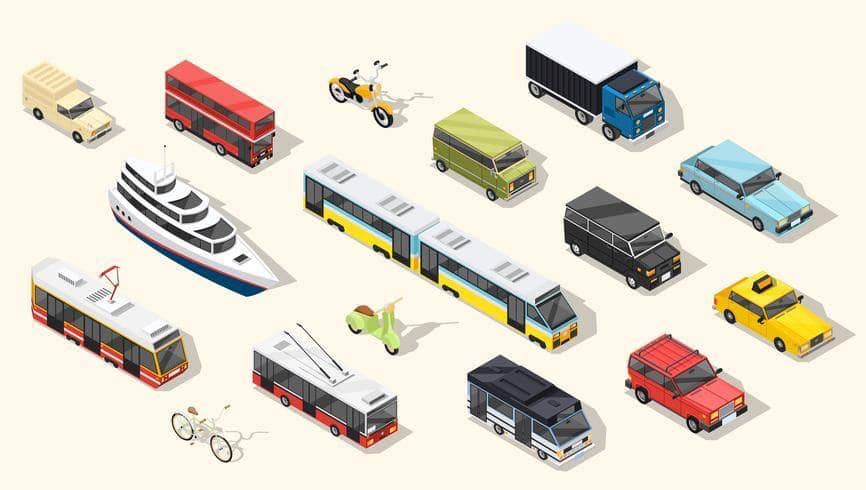
Electrical Vehicles (EVs)
Using electric vehicles may significantly cut carbon emissions. Compared to conventional gasoline-powered automobiles, these electricity-powered vehicles emit a great deal less greenhouse gas. Additionally, improvements in battery technology have increased their performance overall and increased their range, making EVs a more attractive alternative.
Public Transportation
A pillar of sustainable transportation, public transit systems, such as buses, trains, and trams, efficiently move larger numbers of people in a single journey. Encouragement of their usage minimizes individual carbon footprints since fewer automobiles are on the road, which also eases traffic congestion.
Cycling Infrastructure
Building bicycle infrastructure encourages both environmental awareness and physical fitness. By promoting cycling as a practical means of transportation, dedicated bike lanes and trails reduce pollution and promote cleaner urban environments.
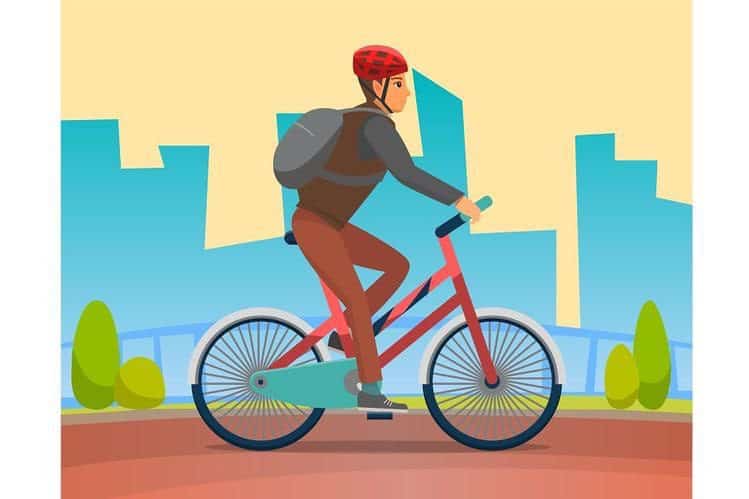
Walking-Friendly Landscapes
Urban planning that prioritizes pedestrians promotes walking as an environmentally beneficial mode of transportation. Compact, walkable communities reduce the need for automobiles for short distances, hence lowering emissions.
Car-Sharing and Ride-Sharing
The number of automobiles on the road is decreased through collaborative consumption models like car-sharing and ride-sharing platforms. These services aid in protecting the environment by maximizing vehicle use and reducing the demand for individual vehicle ownership. Not only are you reducing your carbon footprint, so are the rest of your fellow passengers!
Hybrid Vehicles
With its lower pollutants and fuel consumption, hybrid vehicles combine internal combustion engines with electric power. For those who aren’t yet ready to completely embrace electric automobiles, they act as a transitional option.
Green Fuels
It is possible to reduce the carbon footprint of transportation by exploring alternative fuels like hydrogen and biofuels. The environmental effect is reduced by these fuels’ lower emissions of pollutants and greenhouse gases during burning.
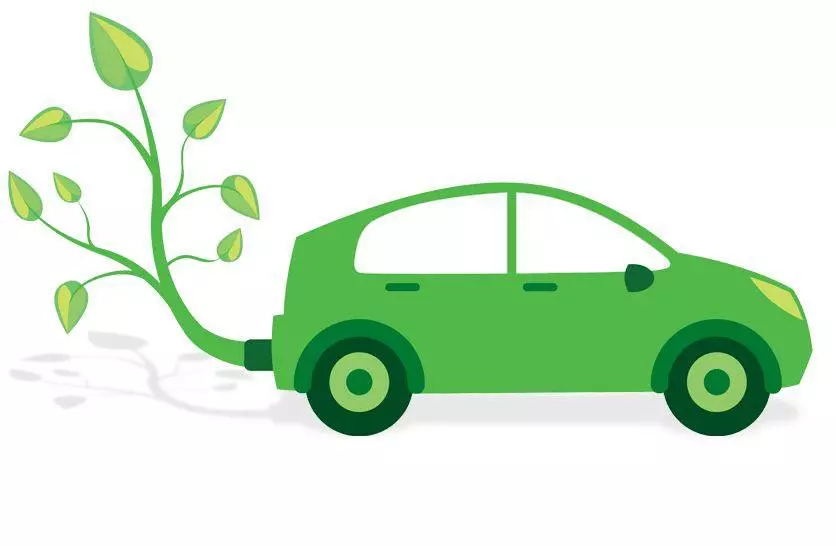
High-Speed Rail
Long-distance travel by car and brief flights can both be replaced with efficient, extensive high-speed rail networks. Trains are among the most environmentally friendly forms of transportation, which helps reduce emissions.
Urban Planning and Mixed-Use Development
Long commutes can be eliminated by thoughtful urban design that prioritizes mixed-use development. People can prefer walking or cycling over vehicle transportation when necessary amenities are nearby, reducing emissions.
Promotion of Telecommuting
When feasible, encouraging remote work choices lessens the burden on transportation infrastructure as a whole. There are fewer individuals who commute to work, which reduces traffic congestion and the associated emissions.
A major transformation in the corporate landscape of the transportation systems industry is needed to bring about significant change. Fostering an all-encompassing perspective on sustainable transportation requires cooperative efforts from governments, corporations, and individuals. We can create the conditions for a more hygienic, healthy, and peaceful cohabitation between people and the environment by using these eco-friendly substitutes.
Advancing Sustainable Transportation Through Corporate Responsibility
While encouraging individual decisions for a more environmentally friendly commute is important, it’s as important for companies to assume their fair share of responsibility in determining our transportation systems. For sustainable transportation infrastructure to genuinely make a difference, it must be in line with four fundamental principles: technical innovation, social inclusion, and energy efficiency.
Stakeholders need to seamlessly integrate sustainability into every aspect of their work, from original planning through implementation and ongoing management, if they want to see real transformation. It is crucial to integrate sustainable infrastructure with a circular economy framework. It’s a positive start that non-renewable resources are being replaced by renewable ones. Additionally, using recyclable materials first whenever possible promotes a sustainable materials cycle.
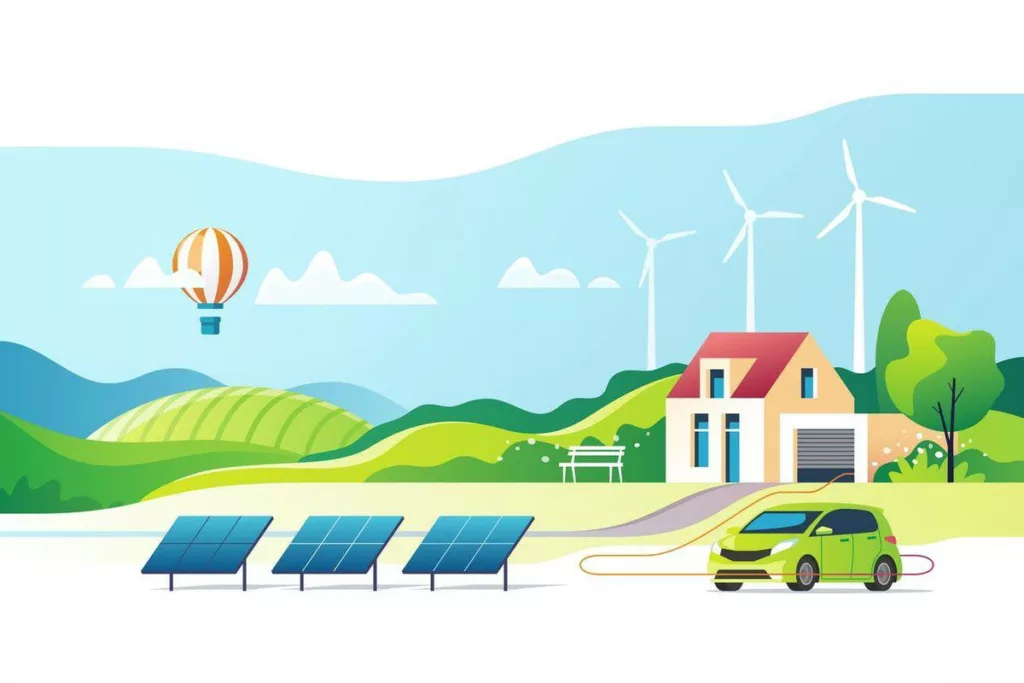
Environmental, social, institutional, and economic aspects form the basis of sustainability. The transportation system’s resilience in the face of difficulties is ensured by treating these aspects comprehensively. Adding pedestrian-friendly elements like sidewalks, bike lanes, and well managed parking around public areas may greatly promote walking and cycling as viable commute choices.
While people are crucial in bringing about change, companies have a significant influence on the transportation industry as a whole. Corporations can accelerate a fundamental transition toward a transportation ecosystem that complies with both human needs and the demands of the environment by integrating sustainable practices at every level and working effectively with governments, communities, and individuals.
Your Role in Sustainable Transportation
You’ve now seen the negative effects of transportation powered by fossil fuels as we conclude this journey. The onus is now on you because you have newfound knowledge about adopting sustainable transportation.
When the temptation of air-conditioned cars calls, the decision to choose between walking, bicycling, or taking public transportation may first seem difficult. On this transforming path, though, remember that constancy and resiliency are your partners. With every action, you’re putting together a whole lifestyle that not only improves your health but also has a positive impact on the people who matter to you.
There is a noticeable upsurge in the sustainable lifestyle movement, which is gaining strength continuously. This impetus is being fueled by continual advancements that form the basis of green transportation. You are progressively changing the trajectory away from the environmental difficulties we have unintentionally weaved by making conscious and attentive decisions in your everyday life.
Although the path ahead is not without obstacles, you are actively fostering a future that values harmony between human efforts and the health of the planet by arming yourself with information, tenacity, and a dedication to making better decisions. This voyage is an investment in a future that combines global nourishment with personal fulfillment.
If you liked this article, please check out more from our Home & Lifestyle section!
Want to read more like this?
Get similar stories and a free sustainability checklist delivered to your inbox.

Like our content?
Get similar stories and a free sustainability checklist delivered to your inbox.


